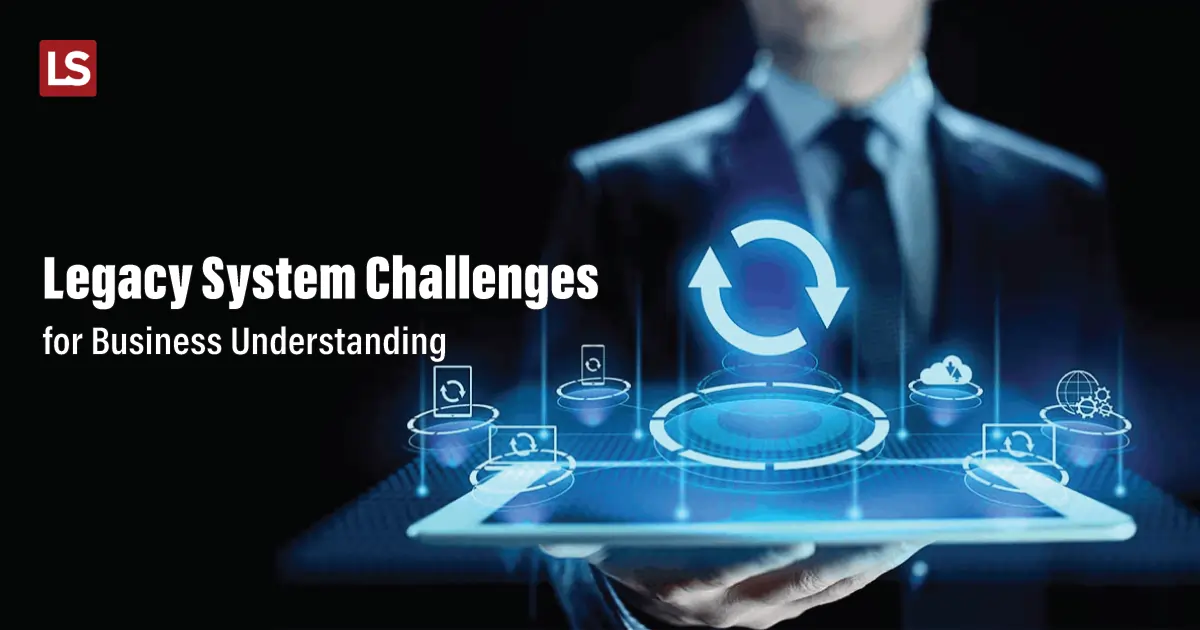The digital mandate isn’t new, it is simply been brought into sharp focus in today’s contactless world to stay in business through mandated shutdowns and restricted activities. With rare exceptions, digital transformation is pretty much into all the sectors right now, and companies of all sizes are being forced to develop their current level of digital maturity.
Not surprisingly, Cloud Spending is accelerating and projected to rise 18.4% in 2021, according to the latest figures from Gartner. Being a vital component of driving the enterprise into digital, SaaS is playing a major role in making the world more connected while providing businesses with enhanced productivity and improving their business outcomes. Therefore, more and more companies are adopting SaaS services.
SaaS (Software as a Service) is a model made for effortless software distribution. Through SaaS, a software, app, or web service provider can host his application to the end-user with the help of cloud services. Sometimes, third-party cloud services are used by those ISV (independent software vendors) to host the application to their users.
SaaS is also a software on-demand service. The software vendors usually pay certain fees for a SaaS subscription. It helps them avoid all the worries such as maintenance of the software. On the other hand, the user can access the software or software service through a network over a web browser.
Since it is a cloud-based model, an internet connection is necessary for it to work properly. Although, the conventional software needs no more than a LAN connection to work. SaaS applications feature a high degree of security. And, as the provider only purchases a part of the cloud by paying a subscription fee, these services are generally way cheaper. Here’s a list of some popular SaaS service providers:
Salesforce.com
If there’s a software that can stand on the top of all the cloud computing revolution list, it’s Salesforce. It empowers small to large-scale enterprises in taking care of customer communications, lead management, and allocating distinct access and permissions to employees on a single platform.
Microsoft Office 365
We can’t imagine our childhood, college, and workplace without the comfort that comes with the outstanding software of Microsoft Office. Microsoft Office 365 is a cloud-based online subscription version of the same good old software that allows users to create, edit, and share a range of documents on their different devices including PC, Mac, and Phones.
Amazon Web Services
Amazon too jumped into the world of online cloud-based platforms with its Amazon Web Services. A company or user can select different options from its pay-as-you-go pricing options according to their requirement of various IT resources. Right now it offers more than 70 services all over the globe.
Now, How Enterprise SaaS is Essential to Digital Transformation?
1. Reduced Time to Benefit
Unlike traditional models, SaaS applications are not installed on a computer and are deployed over the Internet which makes them ready to use in a couple of hours without any major software deployment complexities. Needing less time to install and configure, SaaS apps are relatively easy to integrate into a system.
Coming with baked-in best practices and samples, SaaS is not just easy to integrate but also easy to use.
2. Resource Allocation
An In-house software needs a dedicated team of experts to operate and maintain the software. It leads to maintenance, hardware, and other IT expenses that can be reduced with SaaS Software Application. How?
Since SaaS apps reside in a shared or multi-tenant environment and the SaaS provider owns that environment, the total cost of maintenance gets split among all the users so you just have to pay your share. As far as the IT expenses are concerned, you don’t need a very huge team of IT professionals to maintain your SaaS Software.
Coming to the subscription charges, SaaS apps generally have low costs for them in comparison to traditional software. An effective resource allocation is crucial to ensure business efficiency. So yes, SaaS could save you quite well on your resources, efforts, and money.
3. Scalability and Integration
Residing in the cloud environment, SaaS software applications have easy integrations with other SaaS services hence, these apps are future-proof and more scalable than traditional models. SaaS enables you with enough flexibility to scale your business up and down based on the changing business needs.
More specifically, companies relying on SaaS have greater agility to empower their technology needs because they don’t have to purchase new licenses or upgrades to update their app as per the new market trends, they can simply update their SaaS application and they are all done to adapt to the changes.
Closure
Winning over the barriers like integration complexities and financial outlay to digital transformation isn’t just a choice anymore but a necessity for the businesses and SaaS could play a significant role here. A SaaS application could lead the company’s digital dimensions to a greater extent with flexibility, resilience, and scalability.


